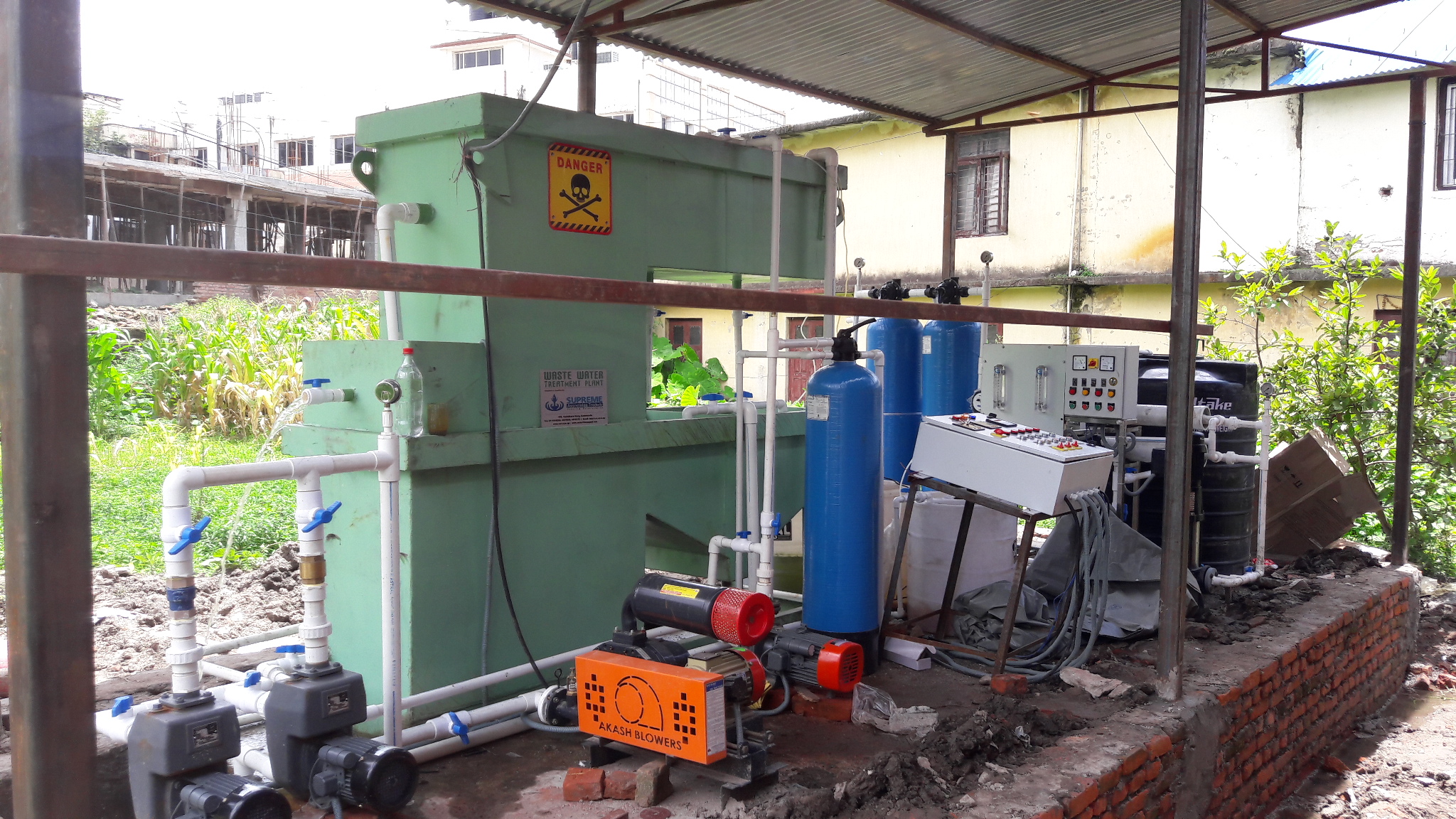Effluent Treatment Plant
Effluent treatment plant, also known as ETP is a waste water treatment process (WWTP) that is used to treat waste water. Effluent Treatment Plant plays a significant role in the treatment of industrial waste water as well as domestic sewage.
An effluent Treatment Plant is important to maintain water quality. A high Concentration of chemicals can be found in the water where untreated effluent is released. Drinking these kinds of water can create painful symptoms and heavy metal poisoning. That is why every industry should be equipped with an effluent treatment plant and treat wastewater before releasing it into the environment.
ETP working process:-
-
Equalization:
The equalization tank’s purpose is to balance the raw effluent from various processing units. The wastewater is collected in an existing mixed effluent tank and pumped to an existing aeration tank, which also functions as an equalization tank.
-
Ph Control:
PH neutralization is used to modify the pH of waste water. For waste that is acidic (low pH): Bases are used to modify the pH of a solution. In the case of alkali waste (high pH): Acids are used to modify the pH of a solution.
-
Coagulation:
Coagulation is a technique that involves adding liquid aluminium-sulphate to untreated water. This causes tiny dirt particles to stick together after mixing.
-
Sedimentation:
Water travels slowly in this process, causing the heavy particles to settle to the bottom. Sludge is the term for the particles that gather at the bottom of a container.
-
Filtration:
Filtration is the process of passing water through a filter that removes particulates. The filters are made out of sand and gravel layers. Backwashing is required to clean these filters on a regular basis.
-
Disinfection:
Before entering the distribution system, water is disinfected. Chlorine is used to disinfect and decontaminate water.
Sludge Drying
Sedimentation collects and settles down solids, which are then transported to drying beds. When the sludge thickness reaches around 300 mm, the sludge charging should be stopped, and the bed should be segregated to allow natural evaporation to dry it off. This takes approximately ten days.
Hence, ETP Plant plays a very important role for treating the industrial wastewater to make it reusable water or to safe discharge in to the
environment.
Applications: Industries like pharmaceuticals, textiles, and chemicals where extreme water contamination is a possibility.

